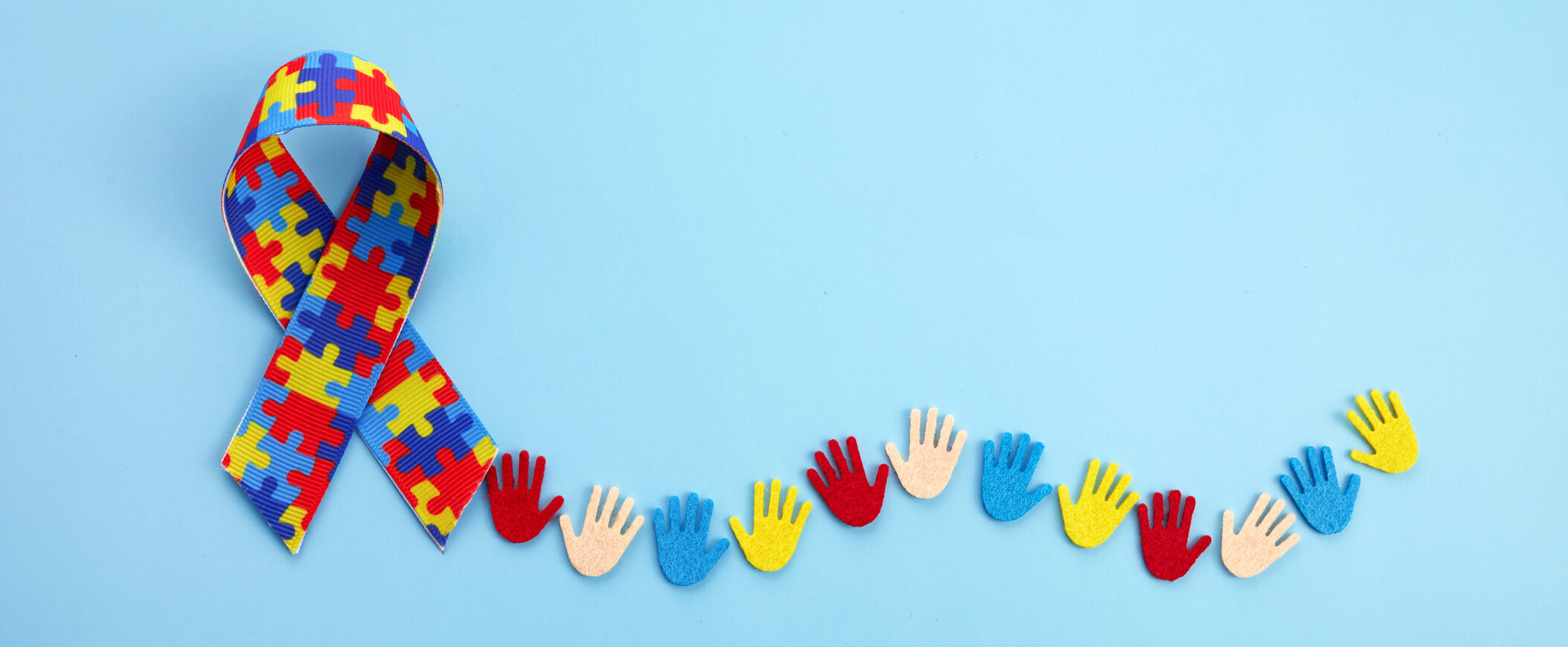
Why are boys diagnosed more often with Autism than girls?

Boys are diagnosed with autism more frequently than girls, with estimates suggesting that boys are four to five times more likely to be diagnosed with autism than girls. There are a few possible explanations for this discrepancy in diagnosis rates:
- Different symptom presentation: Boys and girls with autism may present differently, with girls being more likely to have subtler symptoms and to be better able to mask their difficulties. This could make it more difficult for clinicians to diagnose autism in girls, leading to a lower diagnosis rate.
- Different referral patterns: Boys may be more likely to be referred for assessment and diagnosis than girls. This could be due to a number of factors, such as boys being more likely to engage in behaviors that are seen as unusual or disruptive, or boys being more likely to have comorbid conditions that are associated with autism.
- Different diagnostic criteria: The diagnostic criteria for autism have been developed primarily based on research on boys and may not be as sensitive to the unique presentation of autism in girls.
- Different biology: There is some evidence to suggest that there may be biological differences between boys and girls that make boys more susceptible to autism. Studies have found that boys have a higher rate of genetic mutations and structural changes in the brain that are associated with autism.
It’s worth noting that, despite the higher diagnosis rate in boys, girls with autism still face challenges, such as a lack of understanding and support, and a lack of research that focus on girls with autism. Therefore, more research should be done on the specific experience and needs of girls with autism.
Here are some common things that may be more frequently observed in girls with autism.
- Masking: Girls with autism may be more likely to mask their difficulties and may appear more socially engaged than they actually are. This can make it more difficult to diagnose autism in girls, and may lead to girls being diagnosed later than boys.
- Social difficulties: Girls with autism may have difficulty with social interactions and understanding social cues, however, their difficulties may be less visible than in boys. Girls with autism may be more likely to observe and mimic social behaviors, rather than actively engaging in social interactions.
- Communication difficulties: Girls with autism may have difficulty with verbal and nonverbal communication, but they may be less likely to have delays in developing spoken language than boys. This can include difficulty initiating or maintaining conversations, and difficulty with understanding and using nonverbal cues such as facial expressions and body language.
- Co-occurring conditions: Girls with autism may also have co-occurring conditions such as anxiety, depression, or eating disorders which can further complicate their diagnosis and treatment. These conditions may be less visible in boys.
Remember that autism is a spectrum disorder, which means that symptoms can vary widely from person to person, and that girls with autism may be underdiagnosed. Girls with autism may also be more likely to have been diagnosed with other conditions, such as anxiety or ADHD, before receiving a diagnosis of autism. Therefore, it’s important to have a comprehensive evaluation by a professional experienced in autism diagnosis, and to work with a team of healthcare professionals to develop an individualized treatment plan that addresses the specific needs of the girl with autism
Wether looking for symptoms in boys or girls, look for things like the following:
- Social difficulties: Girls and boys with autism may have difficulty with social interactions and understanding social cues. This can include difficulty making friends, difficulty with sharing interests or activities with others, and difficulty with understanding the perspectives and emotions of others. However, girls with autism may be more likely to mask their difficulties and may appear more socially engaged than they actually are.
- Communication difficulties: Girls and boys with autism may have difficulty with verbal and nonverbal communication; however, girls may be less likely to have delays in developing spoken language than boys. Difficulties can include initiating or maintaining conversations, and difficulty with understanding and using nonverbal cues such as facial expressions and body language.
- Repetitive behaviors and interests: Girls and boys with autism may also engage in repetitive behaviors such as rocking, flapping, or spinning, or have intense interests in specific topics or objects, however these may not be as obvious as in boys.
- Sensory difficulties: Girls and boys with autism may have difficulty processing and responding to sensory information, such as touch, sound, or light, however this may be less visible than in boys.
- Executive functioning difficulties: Girls and boys with autism may have difficulty with planning, organizing, and completing tasks, such as following instructions, problem-solving, and understanding the sequence of events.
- Co-occurring conditions: Girls and boys with autism may also have co-occurring conditions such as anxiety, depression, or eating disorders, which can further complicate their diagnosis and treatment.
Autism is a complex disorder that affects communication, social interaction, and behavior. Girls can also be affected by autism, and may present different symptoms than boys. Common symptoms in girls that may be more frequent than boys include masking, social difficulties, communication difficulties, and co-occurring conditions. However, as autism is a spectrum disorder, the symptoms can vary widely from person to person, and girls with autism may be underdiagnosed. Therefore, it’s important to seek professional help to get a proper diagnosis and to work with a team of healthcare professionals to develop an individualized treatment plan that addresses the specific needs of the girl with autism.